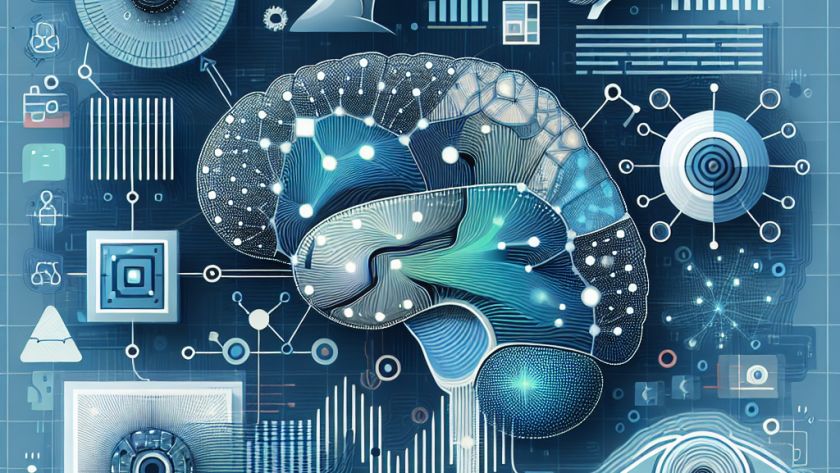Large Language Models (LLMs) have had a significant impact on the realm of Artificial Intelligence (AI). Yet, these models are not perfect and often struggle with mathematical reasoning, which is a crucial element of AI's cognitive abilities. Researchers are working hard to enhance these models' reasoning capabilities by focusing on Chain-of-Thought (CoT) prompts and optimizing…











